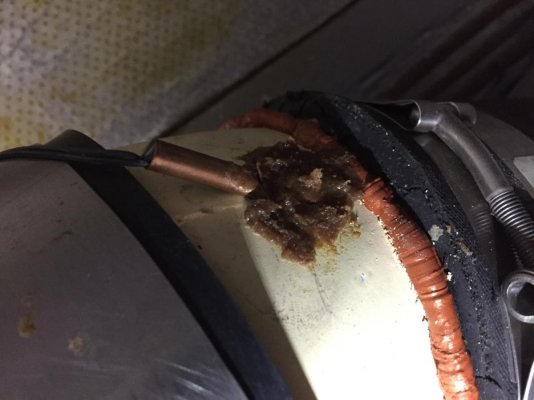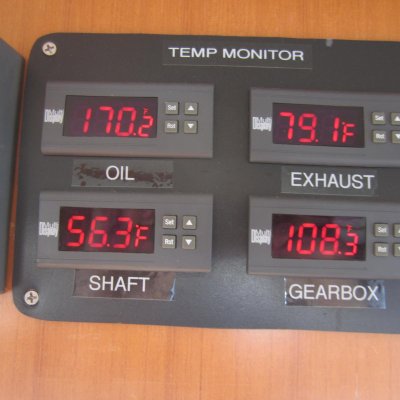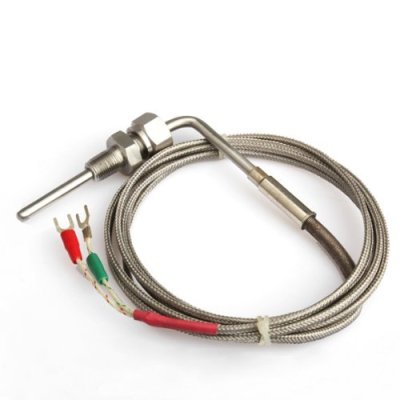steelydon
Senior Member
When I bought the Eagle in 2015 I did an extensive refit, at least for me. One big concern was system failures that could be mitigated if caught early. In an effort to accomplish this I built a temperature monitoring panel that monitors the surface temp of the oil pan, transmission, shaft seal and exhaust elbow at the water injection point. I purchase 4 digital gauges with audible alarms on ebay for around $20 each. I mounted them on a .25” black pvc panel and epoxied the sensors to the system surfaces. In the picture of the oil pan and exhaust elbow you can see I mixed in too much hardener and it kicked off too soon. However, they are well secured and not particularly visible, except to the members of TF.
Adjustments to the alarms were made after recording several daily outings with similar water and air temps (Average water 75 air 85). The alarms were set for 10 – 20 degrees above the average. Since there is a lot going on at the helm the audible alarms are useful as a warning.
Also, every day the boat is on the water I do a 5 minute WOT and the panel displays, with remarkable consistency, how much the temperature increases in each system between 1,600rpms and 2,600rpms. If one system increased significantly out of the accepted range it would seem to indicate a problem in the making requiring some pre-emptive troubleshooting. The pictures of the panels below were taken this past weekend with water temps of 40 and air temps at 50. Although self-explanatory the photo with the lower readings is at 1,600rpms and the other is 5 minutes at 2,600rpms.
The operating range varies according to ambient water/air temps but the amount of increase at WOT stays about the same. I mounted my panel in the overhead console and for less than a $100 it performs a fairly valuable function.
Don
Adjustments to the alarms were made after recording several daily outings with similar water and air temps (Average water 75 air 85). The alarms were set for 10 – 20 degrees above the average. Since there is a lot going on at the helm the audible alarms are useful as a warning.
Also, every day the boat is on the water I do a 5 minute WOT and the panel displays, with remarkable consistency, how much the temperature increases in each system between 1,600rpms and 2,600rpms. If one system increased significantly out of the accepted range it would seem to indicate a problem in the making requiring some pre-emptive troubleshooting. The pictures of the panels below were taken this past weekend with water temps of 40 and air temps at 50. Although self-explanatory the photo with the lower readings is at 1,600rpms and the other is 5 minutes at 2,600rpms.
The operating range varies according to ambient water/air temps but the amount of increase at WOT stays about the same. I mounted my panel in the overhead console and for less than a $100 it performs a fairly valuable function.
Don





 I was driving on a 90 mile leg across deep water, and someone shouted up "i see smoke out the back". It was the port side exhaust hose on the port engine with a blocked riser. The riser was just 3 years old. It plugged and started the hose burning from the inside out. Being a V engine, there was no overtemperature warning from the coolant, but pretty near had a engine fire non-the-less. Luckily, that system had both sides feed one muffler, or that could have been involved too. And that was inaccessable, below deck.
I was driving on a 90 mile leg across deep water, and someone shouted up "i see smoke out the back". It was the port side exhaust hose on the port engine with a blocked riser. The riser was just 3 years old. It plugged and started the hose burning from the inside out. Being a V engine, there was no overtemperature warning from the coolant, but pretty near had a engine fire non-the-less. Luckily, that system had both sides feed one muffler, or that could have been involved too. And that was inaccessable, below deck.